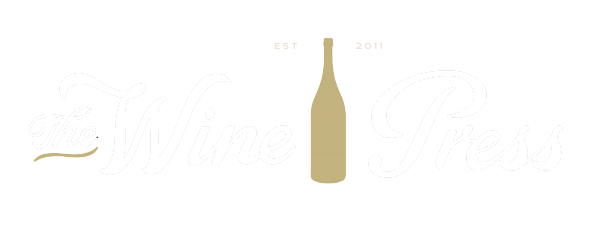never bored with bordeaux
What do we mean by Left Bank?
Unlike France’s other major fine wine producing region, Burgundy, Bordeaux is all about the blend. If you’re drinking red Burgundy you know it’s Pinot Noir in your glass. But how do you know what you’re drinking in Bordeaux? It’s all about location.
This week we’re highlighting three wines from the Left Bank of the Gironde river in the northwest corner of the region. Wines from this part of Bordeaux are dominated by Cabernet Sauvignon, while Right Bank Bordeaux are known primarily for for their Merlot-heavy blends. Cabernet Franc is also an important component of Right Bank wines.
Other recognizable Left Bank appellations include St. Estèphe, Pauillac, Saint-Julien, Haut-Médoc, Margaux, and Graves, among others. Within these appellations are the notable properties (chateaux) that many of you will no doubt recognize; Chateau Margaux within Margaux, and Chateaux Lafite and Mouton Rothschild in Pauillac.
But the wines we have this week are simply AOC Médoc and one Moulis-en-Médoc.
Why blend?
The reason for the blend is that Merlot and Cabernet Sauvignon are two very different grapes. Merlot ripens early and can be quite fussy to work with. It is prone to low yields if the weather isn’t cooperative. Clouds and rainfall in late spring mean that the vine isn’t given time to produce enough fruit.
Cabernet Sauvignon, the other hand, takes much longer to ripen even under the best conditions. Weather in Bordeaux is regulated by the Atlantic, but inopportune summer rainstorms can halt or ruin growth if the typical arid conditions don’t return everything to normal.
While there are examples of single varietal bottles, they are not the norm. To produce the delicate and complex wines Bordeaux is famous for, winemakers must balance the structure of Cabernet Sauvignon with the luxuriously soft fruit of Merlot, adjusting with Cabernet Franc when acidity is needed.
Flavor Profiles
In combination with the old oak barrels used during the aging process, the varietals of Bordeaux exhibit trademark flavors. With a greater amount of Merlot we know that tannins will be softer. Ripe plums, figs, and a round, supple flavor profile are expected.
When Cabernet Sauvignon is the star we know we’re getting texture. Its brawny tannins provide an exciting amount of astringency that give a wine its backbone. Cedar, black currants, and flinty notes of graphite (think newly sharpened pencils) are featured.
These blends are unique, of course, because of where they come from. Wines from Bordeaux are nothing like their California counterparts. They are delicate and restrained. They are intriguing because their nuances are revealed slowly.
Why is Bordeaux so important?
The reason that wines from Bordeaux, and Burgundy for that matter, are renown is because winemaking tradition in these regions dates back to antiquity. The French were the first to standardize their system of regulations, so they are very practiced. In many cases, communes have been occupied by the same families for hundreds of years.
Today status plays a greater role than it has in the past because the wealth of its consumers has grown. If your neighbor is willing to pay three times as much as you are for the same bottle, producers see this and begin to charge more. The international market has contributed to the prestige of Bordeaux as much as the quality of its wines have. For many of us, the very best Bordeaux wines lay outside our monthly wine budget.
But this is why the region is so well known. The reason it is so important is that it became a standard bearer for wines that reflect a sense of place. Rarely will a practiced wine-taster confuse a Napa wine with one from Bordeaux, though I admit some come pretty close. There is stamp these wines leave on your palate. They’re not quite like anything else. You taste the earth. You’re served bold flavors without the brash, overripe fruit or palate-shredding tannins. Overwhelmed with subtlety, you understand how special wine from Bordeaux can be.
Join our Virtual Tour of Bordeaux!
Click here for the details!

